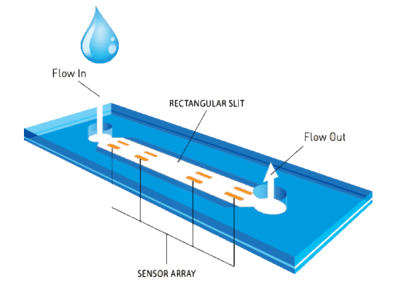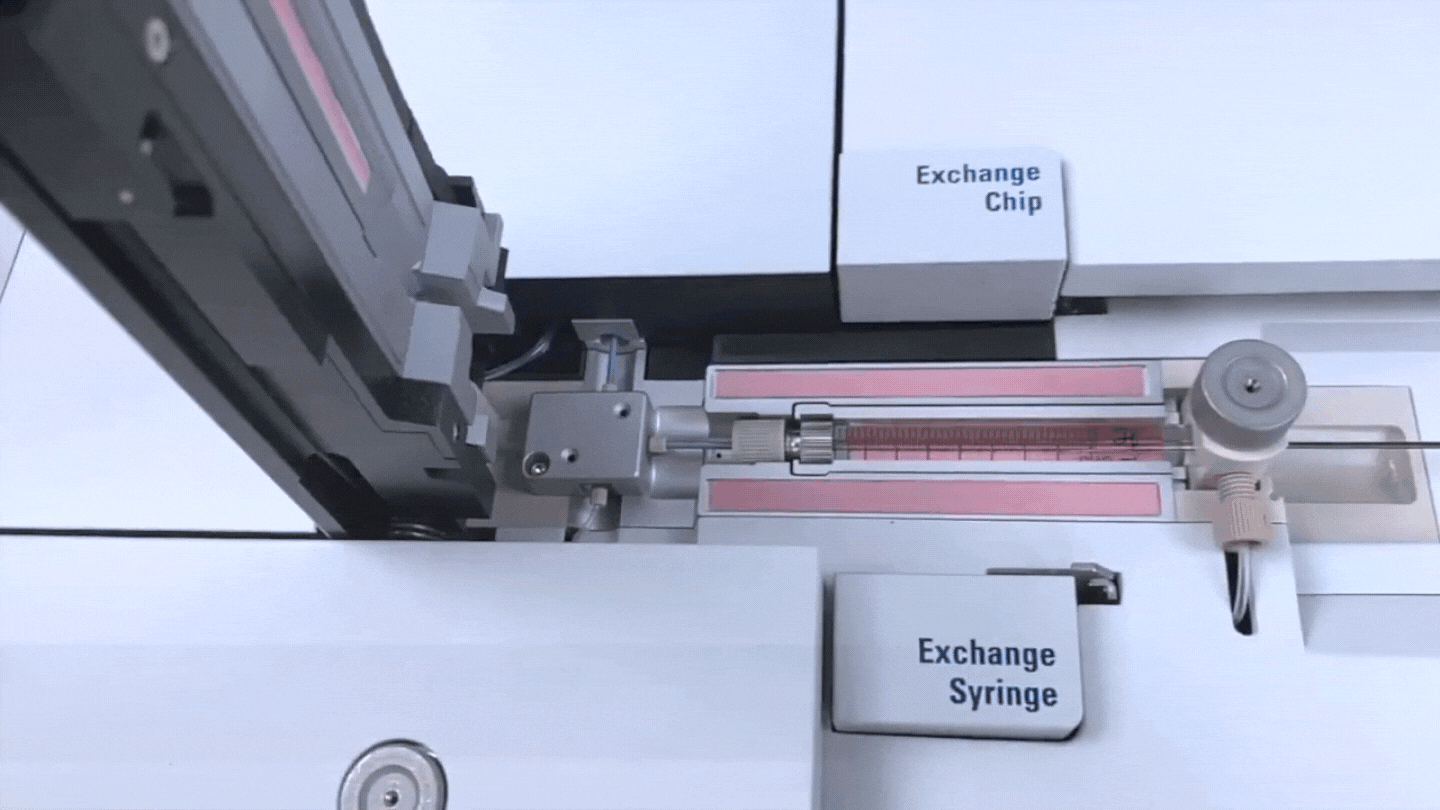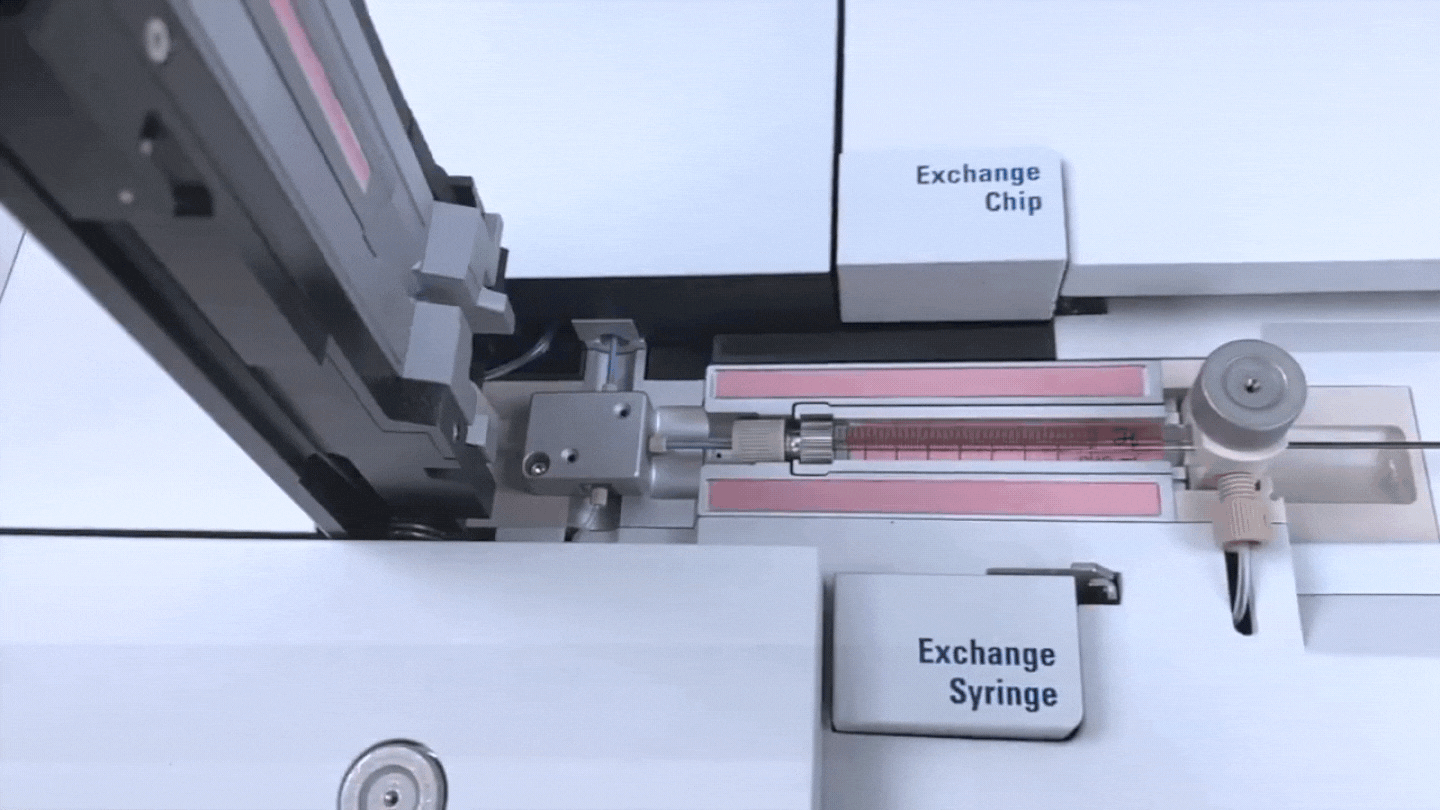High Performance Liquid Chromatography - or HPLC - is one of the most commonly used techniques in chemical analytics. This technique separates, identifies and quantifies different components in a mixture utilizing pumps to pass pressurized liquid solvent containing a the mixture through a column full of an absorbent solid material. 
While HPLC was originally coined in 1970 by Prof. Csaba Horváth to define "high pressure liquid chromatography", liquid chromatography was defined in the early 1900s the Russian botanist, Mikhail S. Tswett. Tswett was focused on separating compounds [leaf pigments], extracted from plants using a solvent, in a column packed with particles.
The original HPLC pumps only had a pressure capability of 500 psi [35 bar]. Today's HPLC pumps have a pressure capability of 6,000 psi. As new HPLC instruments were developed, incorporating improved pressure capabilities, injector, detectors and columns, the term HPLC was changed to refer to "high performance liquid chromatography".
HPLC, is capable of looking at different components in a solution to characterize proteins, determine protein stability and degradation, and even determine purification process efficacy, and can be applied to just about any sample; such as pharmaceuticals, food, cosmetics, and industrial chemicals.
VROC® (Viscometer-Rheometer-on-a-Chip) combines microfluidic and MEMS (Micro-Electro-Mechanical Systems) technologies to measure dynamic viscosity over a wide dynamic range of operation. A VROC® cell reads viscosity by measuring the pressure drop as a test liquid flows through its rectangular slit microfluidic channel. As the test liquid is forced to flow through the flow channel, the pressure sensor array measures pressure as a function of position. The VROC® initium one plus automated viscometer, like HPLC, is capable of looking at different components in a solution to characterize proteins, determine protein stability and degradation, and even determine purification process efficacy. Both instruments allow you to load multiple samples, program your software - or protocols - to determine measurements, and then walk away while samples run!
The VROC® initium one plus automated viscometer, like HPLC, is capable of looking at different components in a solution to characterize proteins, determine protein stability and degradation, and even determine purification process efficacy. Both instruments allow you to load multiple samples, program your software - or protocols - to determine measurements, and then walk away while samples run!
Compared to conventional viscometers and rheometers, RheoSense's microfluidic devices offer several advantages:
- Require just a few micro-liters per measurement
- Allow characterization of both Newtonian & non-Newtonian fluids
- Enable high shear rates without flow instabilities
- Prevent evaporation and contamination of samples
- Render high throughput due to a simple flow-through design
Advanced features of the VROC initium one plus include retrieval and recover. Retrieval allows for unlimited testing on the same sample while recovery provided the ability to do orthonal testing on a sample with known history. With recoverable samples, you are able to take testing a step further and investigate shear impact on proteins, for example by comparing hydrodynamic radius before shearing and after. This is a feature that separates VROC technology from HPLC as HPLC does not allow for sample retrieval or recovery.

Columns are the main component in HPLC because the column is responsible for the separation of the sample components. The sample passes through the column with the mobile phase and separates in its components when it comes out from the column. (pharmaceutical guidelines) The VROC initium one plus samples are loaded via a manual or automated syringe and are measured as they pass through the rectangular slit microfluidic channel. Another advantage of measuring your samples with the initium one plus is the potential presence of bubbles. If bubbles pass through the HPLC column they will break the column, however bubbles passing through the VROC microfluidic channel they will not break your syringes or your chip.
Written by: Eden Reid, RheoSense Senior Marketing and Sales Operations


